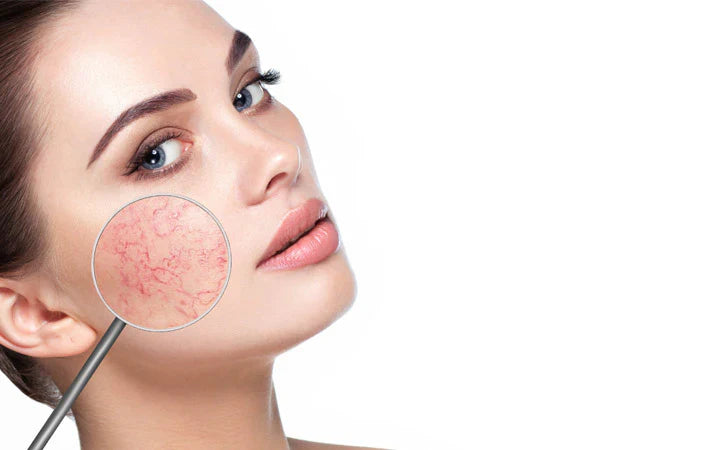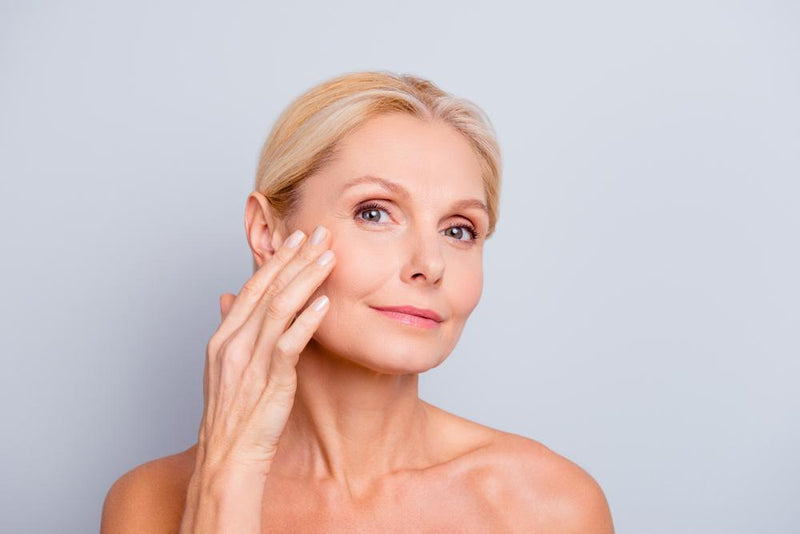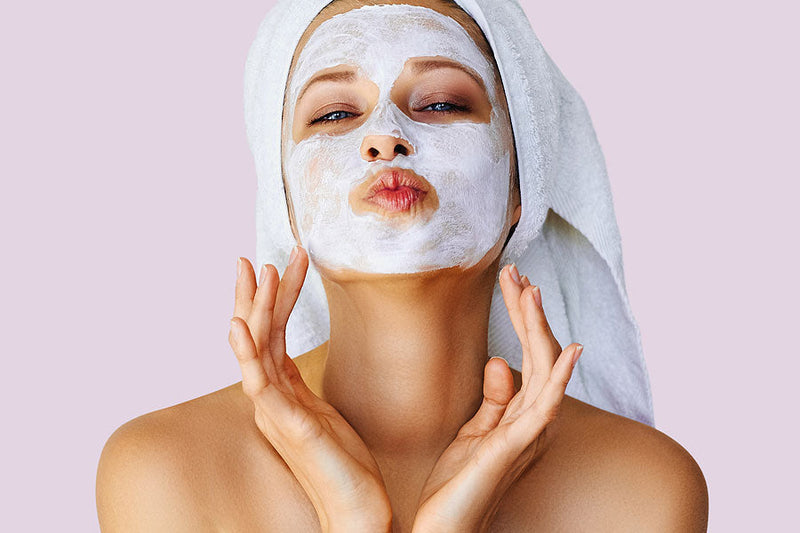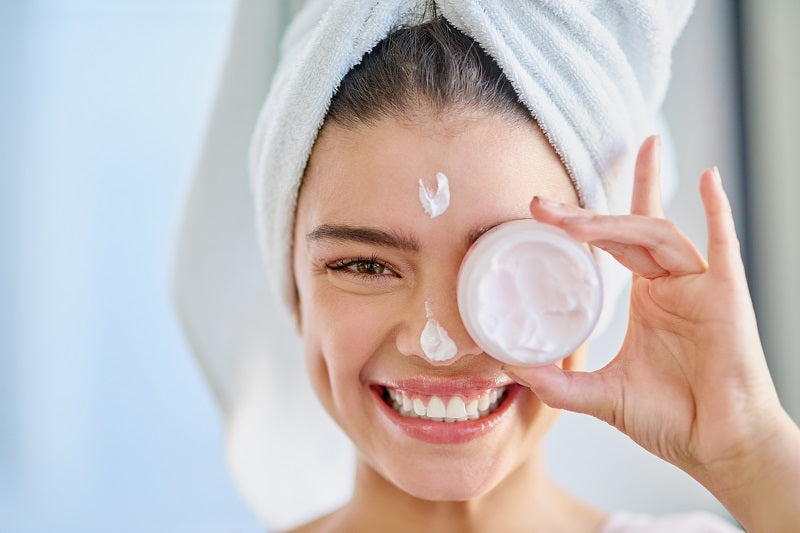

The Truth About Exfoliation: How to Renew Skin Without Destroying Its Balance
Exfoliation promises brighter, smoother, younger-looking skin—and when done right, it delivers. But for every glowing testimonial, there’s a cautionary tale of redness, flaking, stinging, and long-term barrier damage. The truth? Exfoliation is a double-edged sword. Used intelligently, it’s one of skincare’s most powerful tools. Used recklessly, it’s a fast track to sensitivity, inflammation, and accelerated aging.
Modern dermatology has moved beyond the “scrub harder” mentality. Today’s gold standard is precision exfoliation: understanding your skin type, choosing the right actives, respecting your barrier, and timing applications for maximum benefit with minimal risk. In this comprehensive guide, we’ll cut through the hype and reveal how to exfoliate like a pro—safely, effectively, and sustainably.
Why Exfoliation Matters (When Done Right)
Our skin naturally sheds dead cells every 28–40 days. But as we age, this process slows—leading to dullness, clogged pores, uneven texture, and reduced product absorption. Exfoliation accelerates this renewal, revealing fresher, healthier skin underneath.
Benefits of proper exfoliation include:
- Brighter, more even skin tone
- Smoother texture and refined pores
- Enhanced penetration of serums and moisturizers
- Reduction in blackheads and mild acne
- Stimulation of collagen production (with certain acids)
But these benefits vanish—and reverse—when exfoliation disrupts the skin barrier. The key is balance.
The Two Types of Exfoliation: Physical vs. Chemical
Physical Exfoliation: Scrubs, Brushes, and Tools
Physical exfoliants use abrasive particles (like sugar, salt, or microbeads) or devices (like brushes or konjac sponges) to manually slough off dead skin. While satisfying, they carry significant risks:
- Micro-tears in the skin from jagged particles
- Over-scrubbing due to lack of precision
- Irritation, especially for sensitive or acne-prone skin
Expert tip: If you prefer physical exfoliation, choose round, biodegradable particles (like jojoba beads) and limit use to once weekly—max.
Chemical Exfoliation: The Smart, Controlled Approach
Chemical exfoliants dissolve the “glue” (desmosomes) that holds dead skin cells together. They’re more uniform, less traumatic, and highly customizable. The main categories:
Alpha Hydroxy Acids (AHAs)
Best for: Dry, sun-damaged, or dull skin
Key types: Glycolic acid (smallest molecule, strongest), lactic acid (gentler, hydrating), mandelic acid (largest, ideal for sensitive skin)
How they work: Water-soluble; exfoliate the skin’s surface
Beta Hydroxy Acid (BHA)
Best for: Oily, acne-prone, or congested skin
Key type: Salicylic acid
How it works: Oil-soluble; penetrates pores to dissolve sebum and dead cells
Polyhydroxy Acids (PHAs)
Best for: Sensitive, reactive, or barrier-compromised skin
Key types: Gluconolactone, lactobionic acid
How they work: Larger molecules = gentler exfoliation + antioxidant and hydrating benefits
The #1 Mistake: Over-Exfoliation
Over-exfoliation is the silent epidemic of modern skincare. Signs you’ve gone too far:
- Stinging or burning with water or moisturizer
- Flaking, peeling, or tightness
- Increased redness or reactivity
- Breakouts (due to barrier disruption)
- Dullness (paradoxically, from inflammation)
When the barrier is damaged, your skin can’t retain moisture or defend against irritants—leading to a vicious cycle of dryness, sensitivity, and accelerated aging. Recovery can take weeks or months.
“Exfoliation should never hurt. If your skin feels raw, you’ve crossed the line from renewal to injury.” — Dr. Priya Kapoor, Cosmetic Dermatologist
How Often Should You Exfoliate? (By Skin Type)
There’s no universal rule—but these guidelines prevent overuse:
Normal Skin
2–3 times per week with a gentle AHA or PHA. Alternate between types to avoid buildup.
Dry or Sensitive Skin
Once weekly with a PHA or low-concentration lactic acid (5–7%). Avoid physical scrubs entirely.
Oily or Acne-Prone Skin
2–3 times weekly with BHA (salicylic acid 0.5–2%). Can layer with a mild AHA 1x/week if no irritation.
Mature Skin
2x/week with lactic or glycolic acid (start low: 5–8%). PHAs are excellent for added hydration and antioxidant support.
Barrier-Compromised or Reactive Skin
Pause all exfoliation for 4–6 weeks. Focus on ceramides, panthenol, and soothing ingredients. Reintroduce PHAs slowly after healing.
Your Step-by-Step Exfoliation Protocol
Step 1: Cleanse Gently
Use a sulfate-free, pH-balanced cleanser. Avoid hot water.
Step 2: Apply Exfoliant Correctly
- On dry skin (for most leave-on acids)
- Use a pea-sized amount for the entire face
- Avoid eye area and broken skin
- Don’t layer multiple exfoliants in one routine
Step 3: Follow with Soothing Hydration
Apply a serum with hyaluronic acid, then a ceramide-rich moisturizer to reinforce the barrier.
Step 4: Always Use Sunscreen
Exfoliated skin is more UV-sensitive. Daily broad-spectrum SPF 30+ is non-negotiable.
Ingredients to Avoid While Exfoliating
Never combine exfoliants with:
- Retinoids (use on alternate nights)
- Vitamin C (L-ascorbic acid) in high concentrations
- Physical scrubs on the same day
- Alcohol-based toners or astringents
These combinations increase irritation risk exponentially.
Myth Busting: Common Exfoliation Misconceptions
Myth: “If it tingles, it’s working.”
Truth: Tingling often signals irritation, not efficacy. Effective exfoliants can be completely non-tingling (e.g., PHAs).
Myth: “You need to exfoliate daily for clear skin.”
Truth: Over-exfoliation worsens acne by disrupting the barrier and triggering inflammation. Consistency > frequency.
Myth: “Natural scrubs (like coffee or sugar) are safer.”
Truth: Natural particles are often irregular and jagged—more likely to cause micro-tears than lab-engineered alternatives.
When to See a Dermatologist
If you experience persistent redness, burning, or peeling that doesn’t improve after 1–2 weeks of barrier repair, consult a professional. You may have developed contact dermatitis or a compromised microbiome requiring medical intervention.
The Future of Exfoliation: Enzymes and Biotech Actives
Innovations are making exfoliation even gentler. Look for:
- Papain and bromelain: Fruit enzymes that digest dead proteins without acidity
- Microencapsulated acids: Time-released delivery for reduced irritation
- Postbiotic exfoliators: Support renewal while strengthening the microbiome
These next-gen options offer efficacy with unprecedented gentleness—ideal for sensitive skin types.
FAQs: Your Exfoliation Questions, Answered
Can I exfoliate if I have rosacea?
Only with extreme caution. PHAs or very low-dose lactic acid (once every 10–14 days) may be tolerated. Avoid AHAs/BHAs during flare-ups.
Should I exfoliate in the morning or night?
Night is preferred—less UV exposure, and skin repairs itself while you sleep. If using in the AM, SPF is mandatory.
How do I know if my exfoliant is too strong?
If your skin feels tight, looks red, or stings with water within 24 hours, it’s too strong. Scale back concentration or frequency.
Can I use exfoliants with prescription retinoids?
Not on the same night. Alternate: exfoliate one night, retinoid the next. Or use a PHA in the AM and retinoid at night.
The Balanced Approach: Exfoliation as Maintenance, Not Emergency
Think of exfoliation like dental flossing—not a deep cleaning, but a regular maintenance habit. Done consistently and gently, it prevents buildup and keeps your skin functioning optimally. Done aggressively, it causes damage that takes far longer to heal than the temporary glow is worth.
The most radiant skin isn’t the most aggressively treated—it’s the healthiest. And healthy skin starts with a strong, intact barrier.
Final Takeaway
Exfoliation isn’t about stripping your skin down to “start fresh.” It’s about supporting your skin’s natural renewal process with precision, respect, and science. Choose chemical over physical, match frequency to your skin type, never skip barrier support, and always—always—wear sunscreen.
When you exfoliate mindfully, you don’t just get smoother skin. You build resilience, clarity, and long-term radiance—without the cost of sensitivity or damage. That’s the real truth about exfoliation.


















